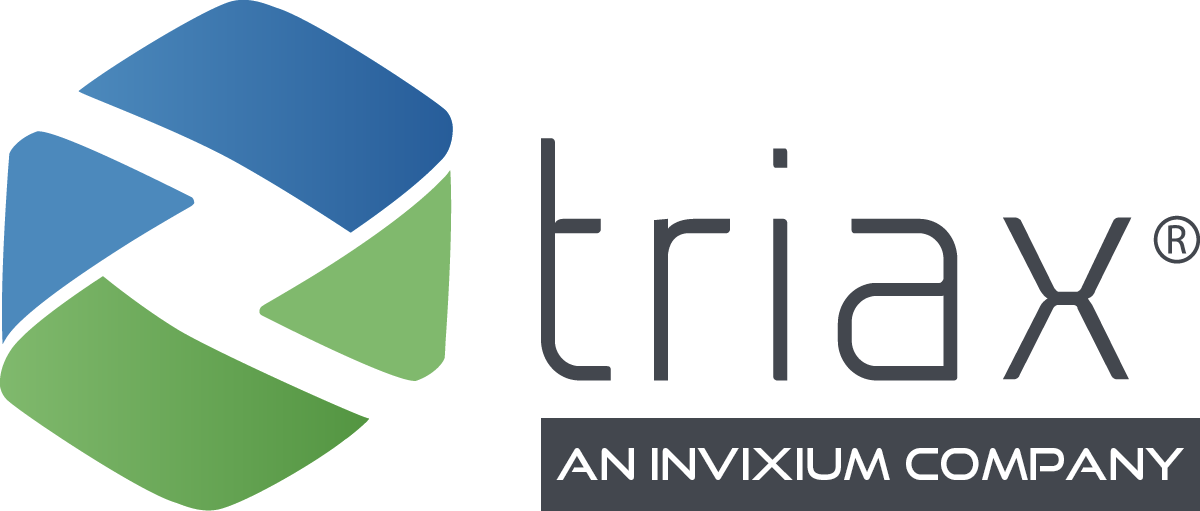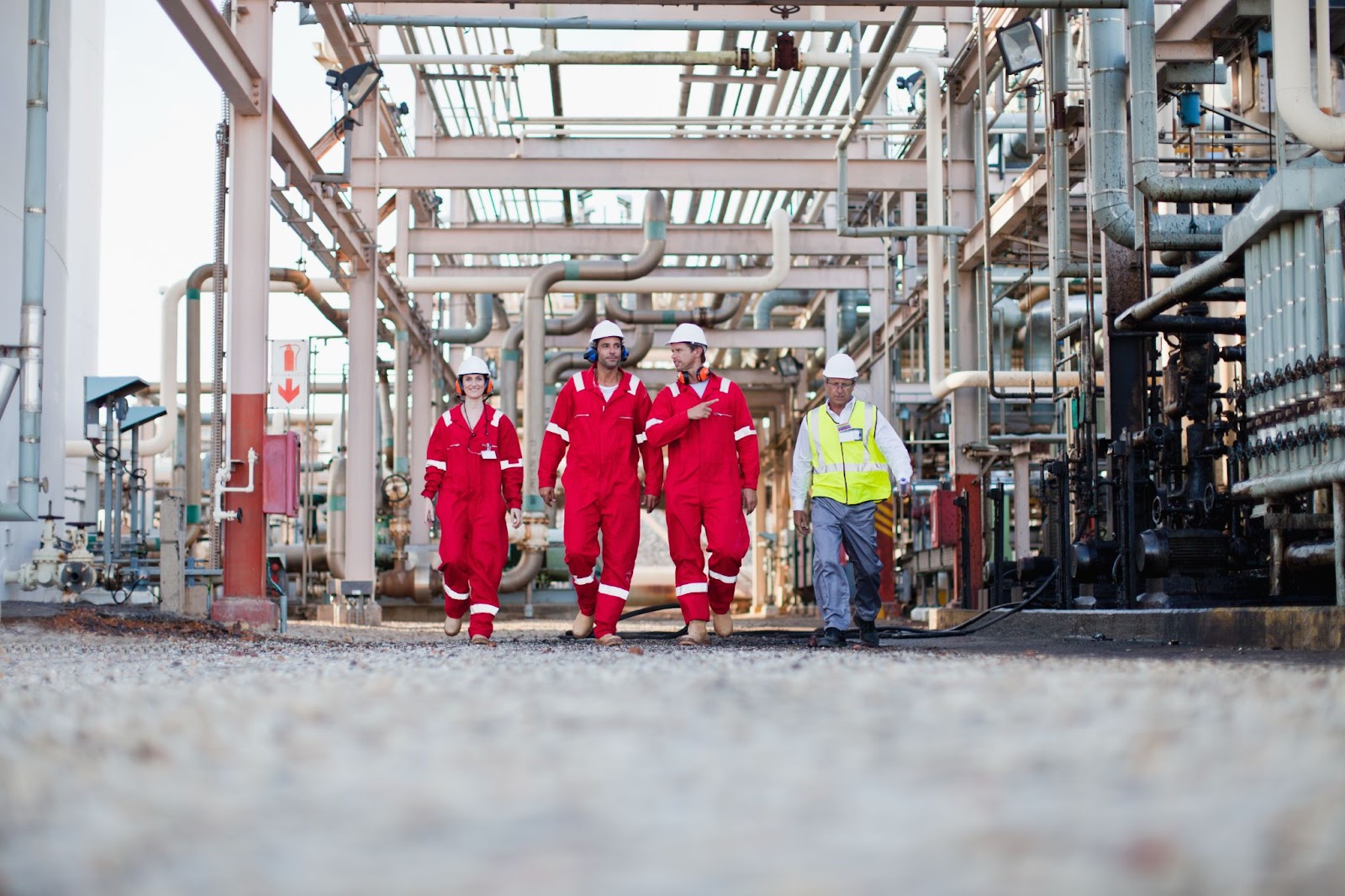Labor efficiency measures how well employees accomplish certain tasks in comparison to industry standards, and optimizing this KPI can result in a major boost in your company’s bottom line. After all, what you measure, you have the opportunity to improve. And Triax Technologies is the perfect partner to achieve this on your industrial site.
Improving labor efficiency can also have a spillover impact on other aspects of your organization. For instance, automating the attendance process using Spot-r, our IIoT platform, will not just free up workers’ time during the check-in and check-out process, but it also results in a more streamlined data collection, helping operational leaders become more efficient.. In this useful guide, we’ll explore everything you need to know about calculating your worksite labor efficiency variance.
How to Calculate the Labor Efficiency Variance?
Labor efficiency variance measures the efficiency of actual labor compared to expectations. The variance will highlight production processes that took up more time than originally anticipated. If the labor efficiency variance is very high, industrial engineers can review the process and see if they can tweak certain aspects of the production to achieve a more favorable variance. For instance, industrial engineers decide that automation is the key to increasing efficiency. Or they could revise the workflow, simplify product design, or convey clearer instructions to workers to improve the labor efficiency variance.
To calculate this number, here’s the labor efficiency variance formula:
Labor efficiency variance = (standard hours – actual hours) x labor rate
For example, industrial engineers decide that it takes an hour to make a product. This assumption is usually based on historical data, the availability of materials, the efficiency of the workers, and equipment capacity. However, it turns out that it actually took 1.5 hours to make the product. And therefore, 1,500 hours were spent to make 1000 products. If the labor rate is $15 per hour, the labor efficiency variance is:
(1,000 hours – 1,500 hours) x $15/hour= – $7,500
This means it took $7,500 more than anticipated to make 1000 pieces of the product. Now imagine if your company makes hundreds of thousands of pieces of the product month in and month out. This is why it’s vital to always track this variance and identify bottlenecks in your production process using Spot-r so that you can improve labor efficiency.
The Difference Between Labor Efficiency and Labor Productivity
Productivity and efficiency are often used interchangeably in business. Although these concepts are different in the strictest sense of these words, they are interdependent, but both are key metrics that determine how well your workforce is performing.
Labor productivity refers to the work output accomplished using the resources available. Productivity is more on getting as much output given a certain timeframe while efficiency is focused on getting the same amount of output in less amount of time. Whereas efficiency is focused more on work quality, productivity is more about work quantity.
Labor productivity is measured by using this formula:
Productivity = Work Output / Work Input
For example, a manufacturing company produces 100 widgets per day in an 8-hour workday. However, after a change of operations manager, the company is able to produce 150 widgets per day using the same equipment as before and with the same number of workers. That means the company has become 1.5x more productive than it was before.
To be competitive in today’s business environment, it’s vital that you strike a good balance between productivity and efficiency. But if you have to start somewhere, it’s best to monitor and optimize productivity first before working on labor efficiency.
Focusing on doing more with the same input (productivity) instead of doing the same work with less time (efficiency) allows you to pour your energy into creating and optimizing the production process first from the ground up.
Think of productivity as the raw measure of performance. And once you have the system running, you can refine it and add efficiency to the mix so that you don’t measure performance based on the number of outputs alone, but on high-quality outputs that are generated with the least amount of resources possible.
Factors that Affect Labor Efficiency In Industrial Worksites
Factors that affect efficiency vary from one industry to another. In general, however, if you want to improve your organization’s labor efficiency, these are the key factors that you need to focus on:
1. Workers’ skills
An organization can only be as efficient as its workforce. If you want to optimize labor efficiency, investing in the workers is imperative. Trained employees will always be more efficient than untrained ones as they understand the intricacies of complex tasks more. With advanced training, they’re also empowered to solve more problems as it arises on the worksite.
2. Production processes
Another factor that affects efficiency is the production flow. Make sure there are no bottlenecks in the production line that can impede the process. For example, it is vital that there’s a balance of workloads between workers in the assembly line. Otherwise, some workers may be getting the bulk of the work while others are not pulling their own weight. Spot-r POI Tags solve this challenge by allowing you to monitor the worksite, highlighting information like productive and unproductive areas.
3. Equipment and maintenance
One factor that could adversely impact efficiency is machine breakdown. Equipment issues will always be a problem you have to contend with in an assembly line. However, the one mitigating factor that can help with your efficiency is your organization’s ability to fix and resolve issues when they arise. And Spot-r helps you monitor equipment usage so you will know unproductive machinery in real-time.
4. Working conditions
Worksite conditions at industrial sites can be rugged and present a variety of challenges. With a large scale of both contract and non-contract workers, procedures and policies can be difficult to implement and maintain. Additionally, harsh worksite conditions like weather, temperatures can present a number of considerations as well.
5. Technology
When it comes to seeking efficiency, technology is your best friend. Tedious and repetitive tasks can be automated so you can free up more work hours for other important tasks. For instance, more and more companies are using IoT software like Spot-r by Triax to streamline labor management, optimize operations, and monitor machine and equipment utilization, to name a few.
How Companies Use IoT Software to Track and Improve Labor Efficiency
IoT technology offers a wide range of innovative solutions to common worksite challenges, which include site safety compliance, equipment utilization, and labor efficiency. In particular, an IoT-integrated workforce improves labor efficiency by automating processes, optimizing the use of resources, identifying bottlenecks in the assembly line, and preempting safety risks.
IoT software like Spot-r collects and analyzes comprehensive data from your worksite in real-time. From the dashboard, you can see the real-time snapshot of your entire worksite, your available workforce, their corresponding certifications, and the utilized equipment. During emergencies, you can also use the dashboard to trigger the site wide alarms and monitor evacuation progress. This will boost your company’s emergency preparedness and reduce evacuation time. In fact, adopting a solution such as Spot-r has helped companies lower crucial evacuation and mustering times by at least 70% or more.
On top of that, with the IoT wearable device like Spot-r Tag, employees can automatically clock in and out of the site without the hassle of filling out the time sheet. Management can also easily manage access control for restricted areas. In terms of safety, the wearable device has free-fall detection capability and a push-button feature to alert the safety manager in case of emergencies.
See How Spot-r Can Help Your Worksite Improve Labor Efficiency & Productivity
Spot-r IoT solutions provide the innovative technology you’re looking for to boost your company’s labor efficiency and improve worker productivity. Request a demo of Spot-r today to see how!

